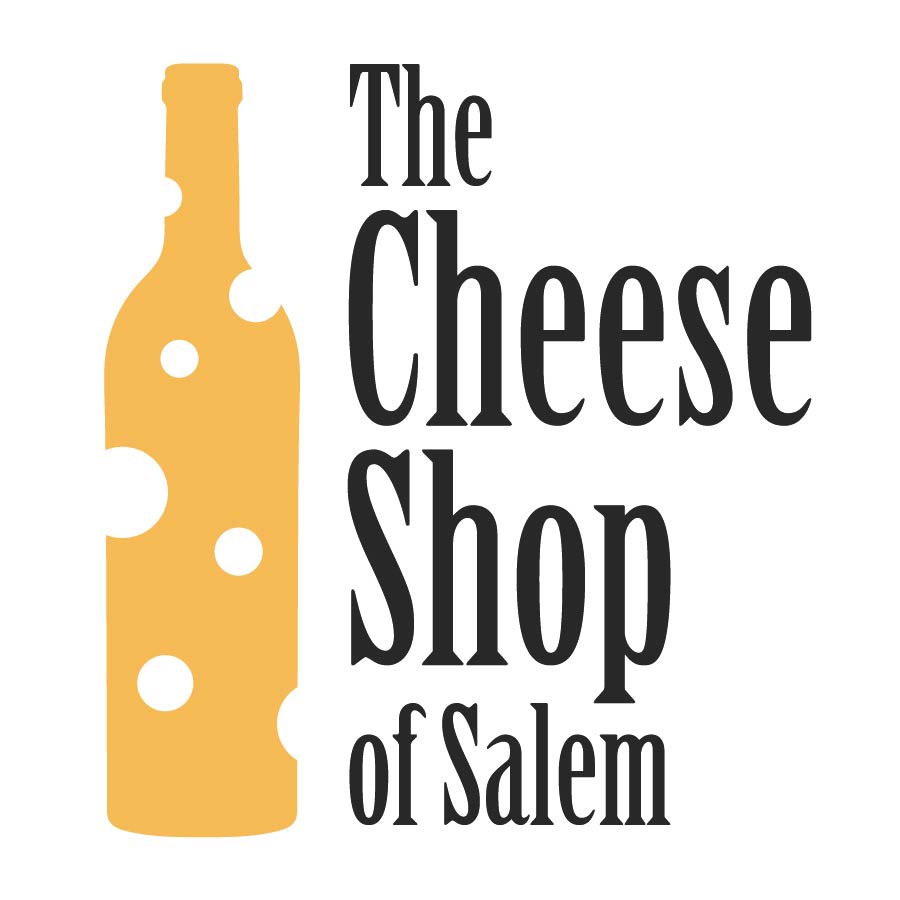Italian Fine Wine: Piedmont and the Veneto
A is for Amarone, B is for Barbaresco, C is for Chianti! Whatever the letter, Italy is a magical land with a plethora of fascinating wine and winemaking traditions. This holiday season, shop a traditional and refined Italian for your family meal or gift a special bottle to your best friend.
Allora...let’s dive in, and why not start with dessert wine? So you might be familiar with the Veneto (grazie Prosecco!), but this northern region makes so much more than just bubbles! With origins from the Roman era, Recioto della Valpolicella are unique wines because of the special appassimento winemaking method, which is when harvested grapes are laid out to dry for several months in a cool, airy room concentrating the sugar and flavors in the fruit. The grapes are then pressed and slowly fermented at a low temperature preserving some of the sugar during fermentation. Gabriele and Miraim Dalcanale’s 2012 La Dama Recioto della Valpolicella is made in the appassimento method and it’s rare to find a Recioto as delicious as that of La Dama, with its cherry, plum, and cocoa notes. This is the ideal wine for after the holiday meal, especially if you have a plate of Italian biscotti, cherry pie, or a spiced, gingerbread cake nearby.
Amarone della Valpolicella is essentially made in the same process, with the same kind of grapes, as sweet Recioto, except that it is fermented fully making it a dry wine. Amarone, or ‘strongly bitter,’ has flavors of plums, chocolate, and dark cherry, and is a big wine with higher alcohol content at 15% ABV. The organic grapes of Corvina, Corvinone, Rondinella and Molinara in the Dalcanale family’s 2015 La Dama Amarone della Valpolicella were aged for 14 months in French oak and then for another 18 months in Italian oak barrels. Pair this big, bold red with braised beef, lamb, and other hearty holiday fare.
Moving west from the Veneto, the region of Piedmont is the heartland of Italy’s most ‘noble grape’: Nebbiolo. Nebbiolo is the grape in both Barolo and Barbaresco and compared to a muscular and robust Barolo, Barbaresco is usually regarded as more elegant and refined. Barbaresco wines have rich, spicy flavors, and, although dry, they have a perfumed sweetness almost like sweet cedar and rose petals. Guido Rivella’s 2015 Guido Rivella Barbaresco is a powerhouse of tannin with aromas of roses, anise, strawberries, and herbs.
Another Nebbiolo from the neighboring Gattinara DOCG is just an hour drive north from Barbaresco. Gattinara DOCG must be made from at least 90% Spanna (the local term for Nebbiolo) and are extremely elegant, smooth, and full-bodied. Brother and sister team, Alberto and Lorella Antoniolo, make their 2012 Antoniolo Le Castelle Gattinara from 60-year-old vines grown in volcanic soils. Partly barrique-aged, ‘Castelle’ is a bold and rich Nebbiolo with notes of figs, ripened raspberries, and violets. Nebbiolo is best paired with less-gamey meats that have enough fat to absorb its tannin, and is an excellent pairing with high acid or salty foods like a cheesy, truffle and pasta dish, fried polenta, or braised leeks.
Further south in Tuscany is the walled medieval city of Montalcino, most famous for its red wine Brunello di Montalcino. Alike to Chianti Classico DOCG, Brunello di Montalcino DOCG is made from the Sangiovese grape, however, the Sangiovese clone is a specific strain called Brunello. The wines are big and powerful, with enough tannins and structure to age for quite a long time. 2015 Agostino Pieri, Brunello di Montalcino is made by organic winemaker Francesco Monaci and was aged in barrel for 5 years. Drinking this Brunello is like stepping into an enchanted Tuscan forest of wild herbs, cherry trees, and roses. It has a seriously perfect finish with silky yet buoyant tannins. Keep pairings simple and rich in fat like homemade bruschetta with fatty slices of prosciutto and peppery arugula.








